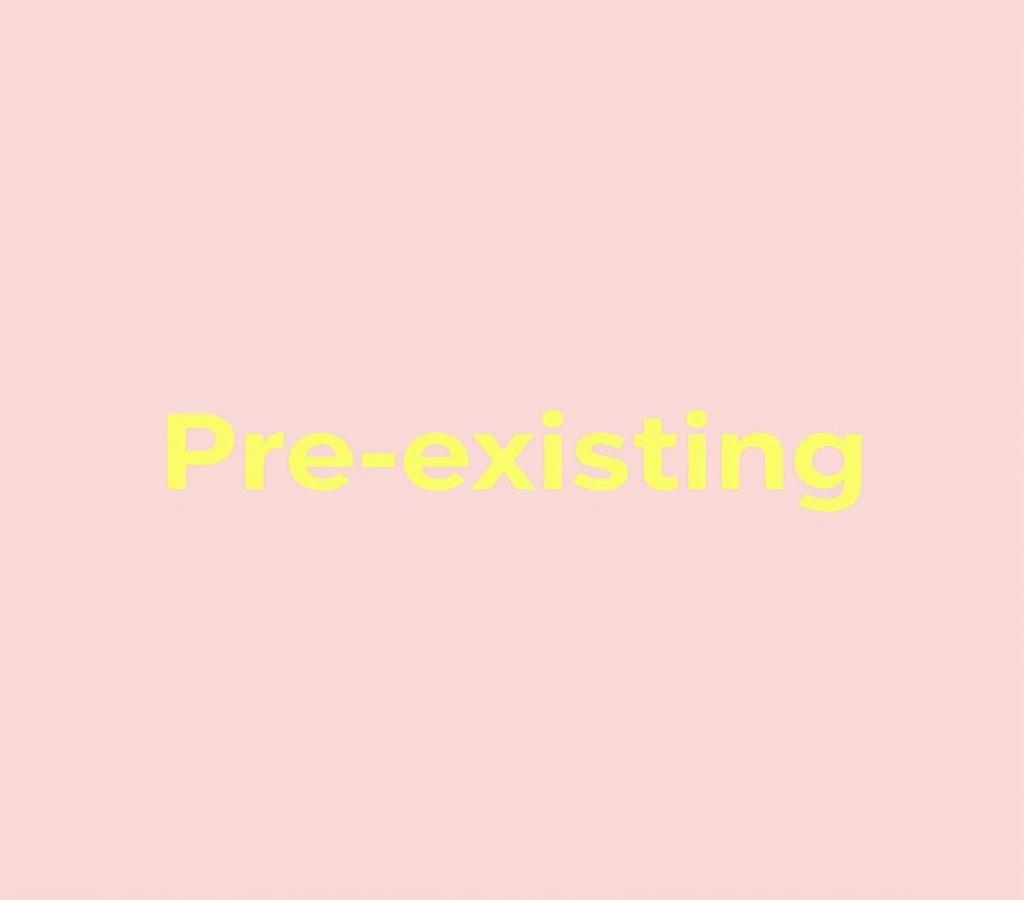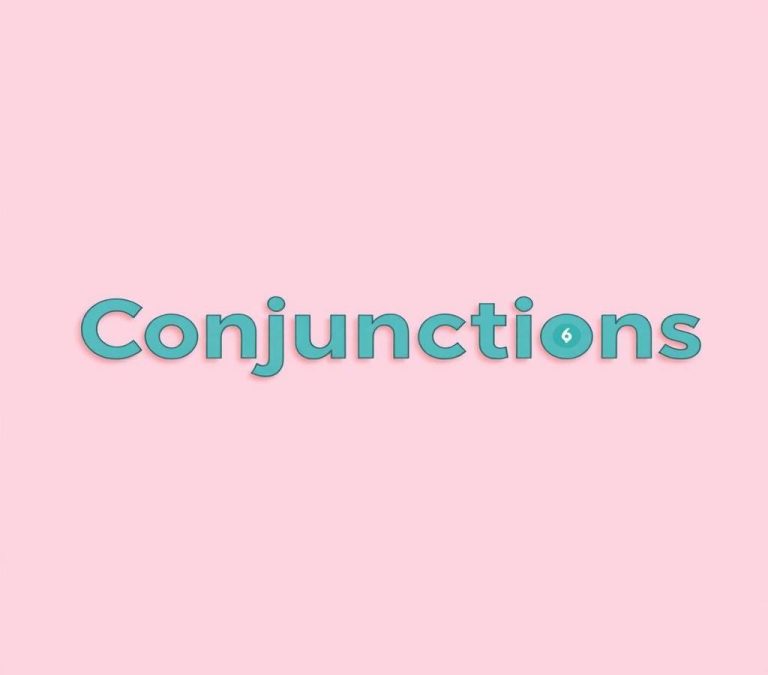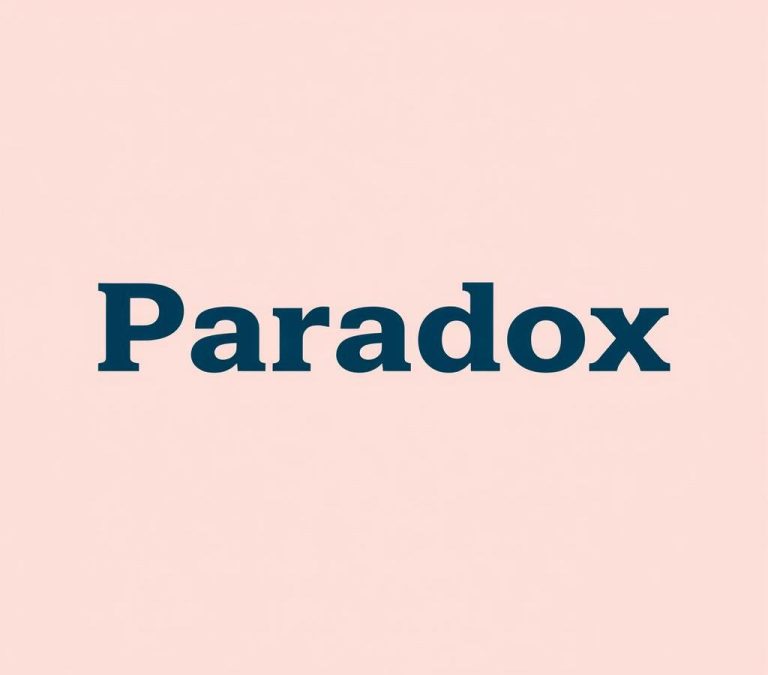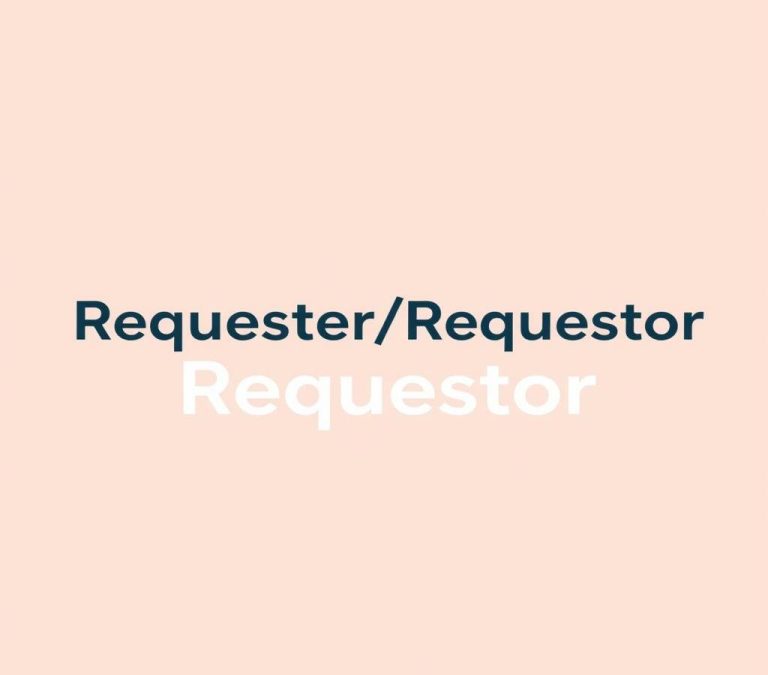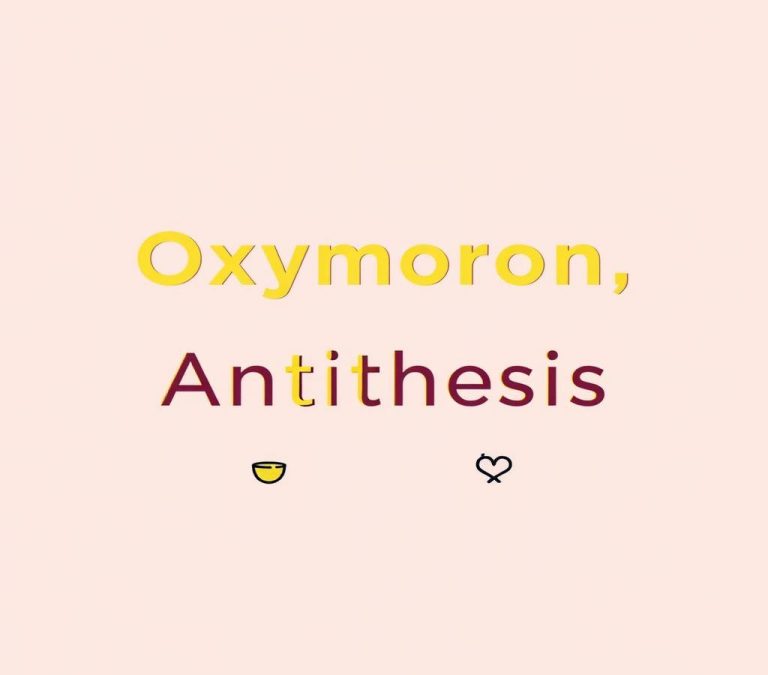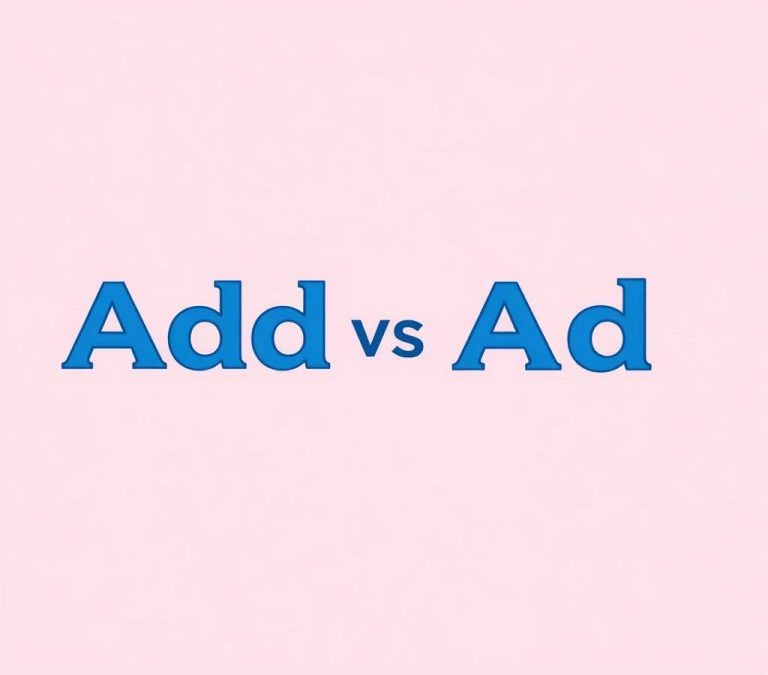Preexisting vs Preexisting: Grammar Usage & When to Use
When writing about health insurance and medical conditions, you may encounter the term “preexisting.” Some people spell it as “pre-existing.” This small difference can cause confusion. Knowing the correct form is important for clear communication. In this article, we’ll look at both versions. We’ll see which is more widely accepted and understand the reasons behind it. This will help you use the term correctly in your writing.
Quick Answer
Both “pre existing” and “preexisting” are correct, but the preferred choice depends on the context. “Pre existing” is a phrase consisting of two words, often used in British English, whereas “preexisting” is a single word, commonly used in American English. In general, if you’re referring to something that existed before, use “preexisting”. If you’re using it as an adjective to describe a condition, use “pre existing”.
Why There is Confusion
There is often confusion between the terms “pre-existing” and “preexisting.” Many people wonder whether these two terms are interchangeable or if they have distinct meanings. This confusion mainly stems from the fact that both terms appear to refer to the same concept but are punctuated differently. This article aims to clarify the differences between “pre-existing” and “preexisting,” explaining when and how to use each term appropriately.
What Does “Pre-Existing” Mean?
“Pre-existing” is an adjective used to describe something that already exists before a particular point in time. The term often appears in medical, insurance, and legal contexts to denote conditions or situations that were present before a specific event. For example, in health insurance policies, a pre-existing condition refers to a health issue that was diagnosed or treated before the start of the insurance coverage.
What Does “Preexisting” Mean?
“Preexisting” is essentially a simpler version of “pre-existing.” It carries the same meaning and is used in similar contexts. Both terms describe something that existed before a particular time. While “preexisting” is becoming more commonly accepted, especially in American English, it is crucial to understand when to use “pre-existing” versus “preexisting.” Both terms can be correct grammatically, but the choice between the two may depend on specific contexts or stylistic preferences.
Differences between “Pre-Existing” and “Preexisting”
Differences in Parts of Speech
When it comes to parts of speech, both “pre-existing” and “preexisting” function as adjectives. They are used to describe nouns, indicating that the noun in question existed before a certain point in time. There is no difference in parts of speech between the two terms.
Differences in Usage and Context
Despite their similarities, there are subtle differences in how “pre-existing” and “preexisting” are used in writing:
- “Pre-existing” is more commonly used in British English and is often preferred in formal, legal, and medical documents. Its usage indicates a higher level of formality and specificity.
- “Preexisting,” on the other hand, is increasingly adopted in American English. This form is seen as less formal and is used more frequently in everyday writing and speech.
Differences in Hyphenation
The hyphen is the most noticeable difference between the two terms:
- “Pre-existing” includes a hyphen, which helps to clarify the relationship between the prefix “pre” and the word “existing.” The hyphen emphasizes that the prefix modifies “existing.”
- “Preexisting” omits the hyphen, making the term look cleaner and more streamlined. This form follows the trend in American English to simplify and modernize compound words by eliminating unnecessary punctuation.
Synonyms for “Pre-Existing”
Having synonyms handy can help vary your writing and avoid redundancy. Here are some alternatives to “pre-existing”:
- Prior-existing
- Already existing
- Previous
- Antecedent
- Pre-established
Synonyms for “Preexisting”
Similarly, here are some synonyms for “preexisting”:
- Existing prior
- Already present
- Longstanding
- Former
- Pre-known
Examples of Usage for “Pre-Existing” and “Preexisting”
To better understand how to use these terms, consider the following examples:
- “The insurance policy does not cover pre-existing conditions such as diabetes and hypertension.”
- “The building had several pre-existing structural issues that needed immediate attention.”
- “His preexisting relationship with the company gave him an advantage during the job interview.”
- “The software had preexisting bugs that the developers had to fix before the next release.”
Both sets of examples demonstrate how “pre-existing” and “preexisting” can be used interchangeably to represent conditions or situations that existed before a certain point in time.
Conclusion: Which One to Use?
Choosing between “pre-existing” and “preexisting” largely depends on your audience and the level of formality you wish to convey. If you are writing for a British audience or in a formal context, “pre-existing” with a hyphen is generally the better choice. On the other hand, if you are addressing an American audience or working in a casual context, “preexisting” without a hyphen may be more appropriate.
In summary, while “pre-existing” and “preexisting” are often used interchangeably, understanding their subtle differences can help you use them more effectively in your writing. Make your choice based on the context, formality, and your intended audience to ensure clarity and precision in your communication.

